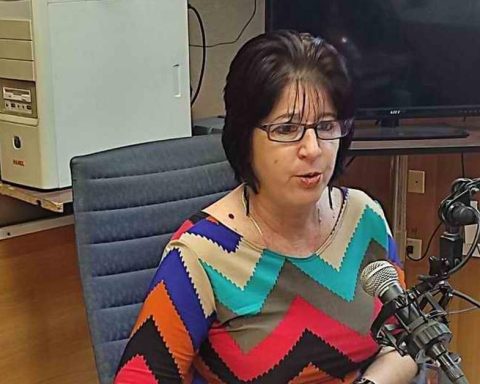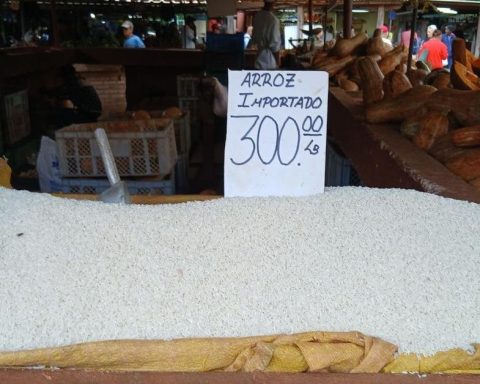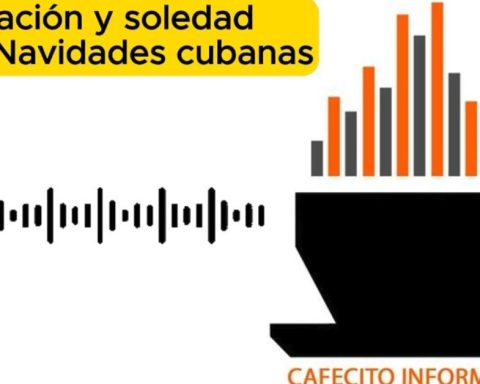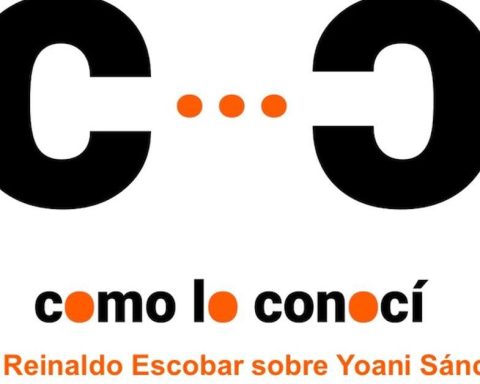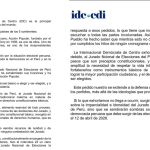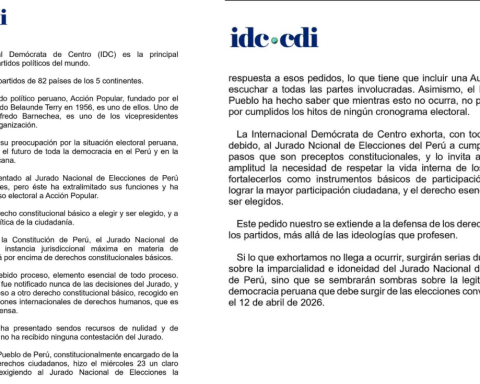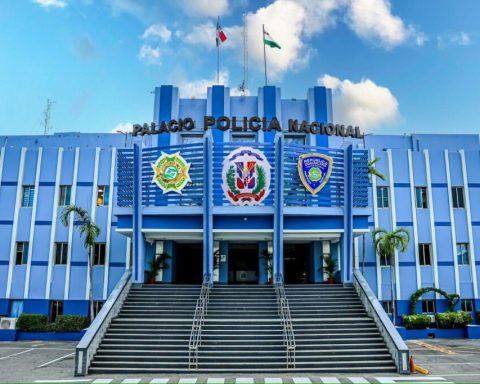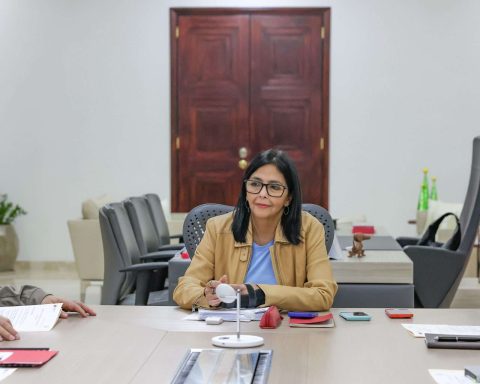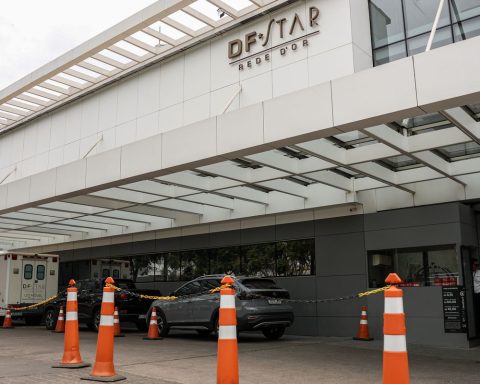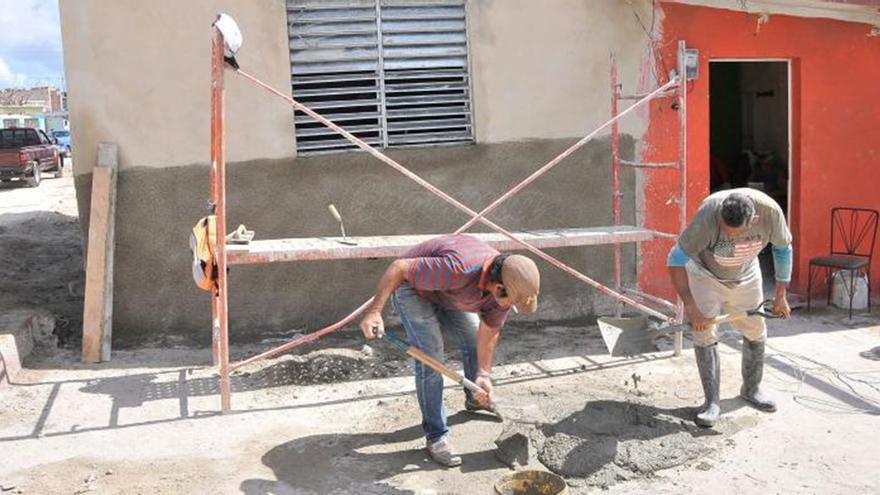
A nonagenarian Ramiro Valdés flew into a rage during a meeting with leaders from Santiago de Cuba last week over the terrible state of the houses in the province. The soldier, ratified this Wednesday as deputy prime minister of the island, gave a “punch on the table,” according to the local official newspaperafter explaining the problems of the sector: overcrowding, landslides, precarious buildings and illegal traffic of materials.
“I can’t be in all places,” complained Valdés, whose speeches and interventions do not usually appear in the official press, after calling on inspectors and managers to carry out greater surveillance of the situation.
The deputy prime minister took advantage of the meeting, of which only a summary was published in the official media this week, to blame those who sell construction materials at outrageous prices and also those who build “majestic houses.”
“It cannot be that a few build houses” and others neglect control of the market and then “nothing happens,” said the ruler. Freeing the Government of all responsibility, he pointed out that the State “makes effective” the housing plan, but that local management has not been up to the task. “If we don’t check and allow some embezzlers to divert what little we have, the problem will continue,” he added.
The deputy prime minister said that they cannot be permissive with those who violate planning regulations either. He abounds in the cities, towns and communities of Santiago de Cuba the so-called “arrive and set” marginal neighborhoods, unleashing “new problems” that are “avoidable if what is established is followed,” he added.
“It cannot be that a few build houses” and others neglect control of the market and then “nothing happens,” said the ruler
Santiago de Cuba is only a part of the wide photograph that shows the extremely precarious conditions of the houses in Cuba: In the province there are 4,766 properties with dirt floors, 7,312 have been affected by climatic events and the existence of 1,013 cuarterías has been verified.
Sierra Maestra he describes the problem as the “construction via crucis” and cites specific examples of families that “adventure” to improve their housing conditions. Such is the case of Orlando, which since 2016 has been waiting for a state subsidy to obtain materials, or Mayté, who complains of the “mistreatment” received by the authorities. The case of Sandy and Juan is also mentioned, two Cubans who have spent a decade trying to get a bag of cement in the informal market, which already reaches the outrageous price of 2,000 pesos.
These “complaints” had annoyed Valdés, who recalled that, in 1953, Fidel Castro promised to solve the “tragedy of the house.” 70 years after those words, the official assures that housing conditions have improved with the construction and delivery, since then, of 3,824,861 homes throughout the Island.
In addition, he insisted that it is time to rescue the movement of state micro brigades created by Castro in 1971, based on the idea that homeless workers build their own houses. The Government assigned land and supplied the materials, but eventually there were breaches and, from 1990, the plan stopped being executed.
Most of the buildings built under the concept of microbrigades were built in the years in which the large Soviet subsidy allowed the Cuban State to pay for these projects. Although many of the multi-family buildings from that period, with Eastern European architectural models, have also been harshly criticized for their ugly aesthetics and poor integration with the island’s climate.
While the decisions remain on the table, thousands of Cuban families will take refuge this winter in makeshift houses or dark and poorly ventilated cuarterías. One of the problems that is added to the list is the shortage of cement, which suffocates not only the housing sector but the entire economy, because it does not allow progress in the construction of key projects for the country’s industries.
________________________
Collaborate with our work:
The team of 14ymedio He is committed to doing serious journalism that reflects the reality of deep Cuba. Thank you for accompanying us on this long road. We invite you to continue supporting us, but this time becoming a member of our newspaper. Together we can continue transforming journalism in Cuba.

